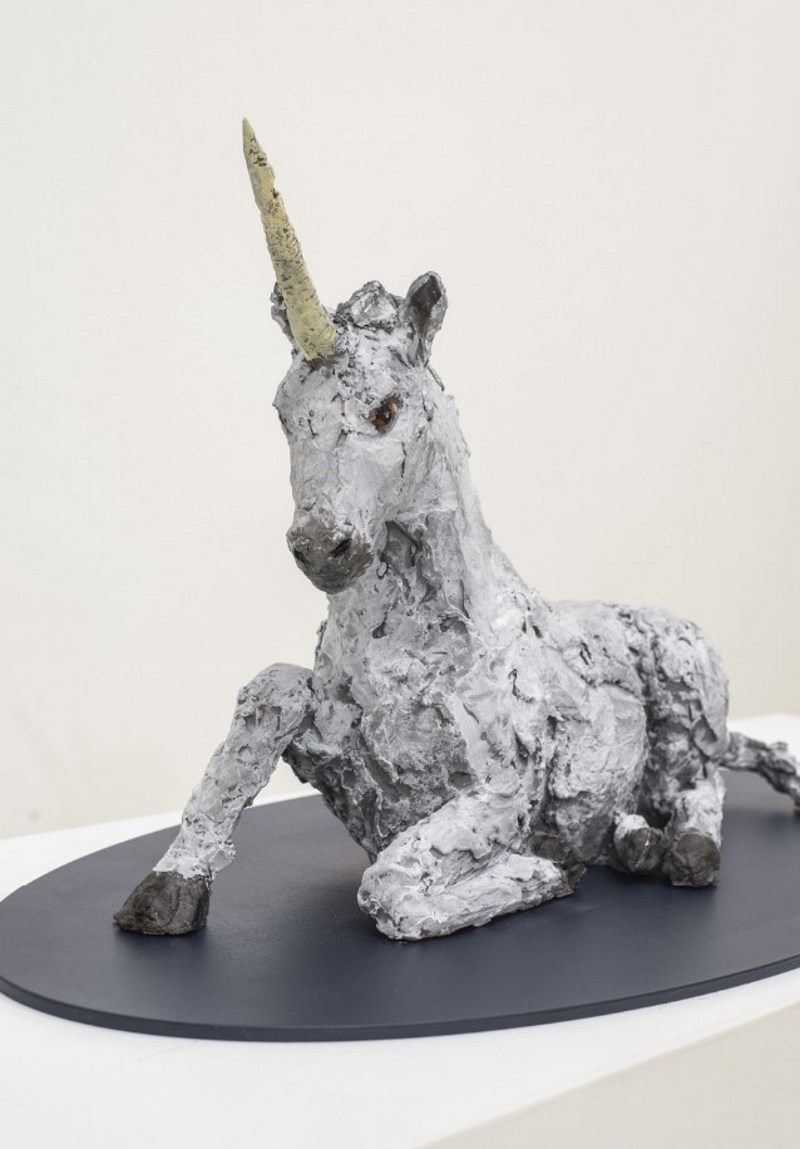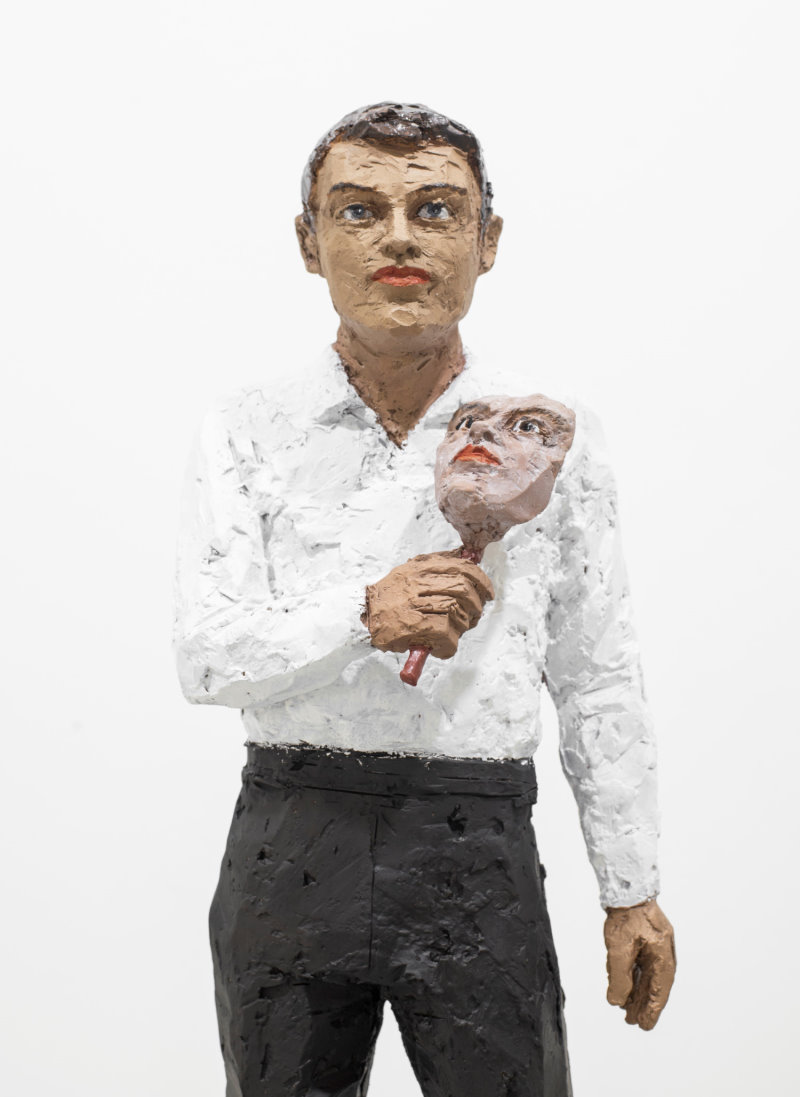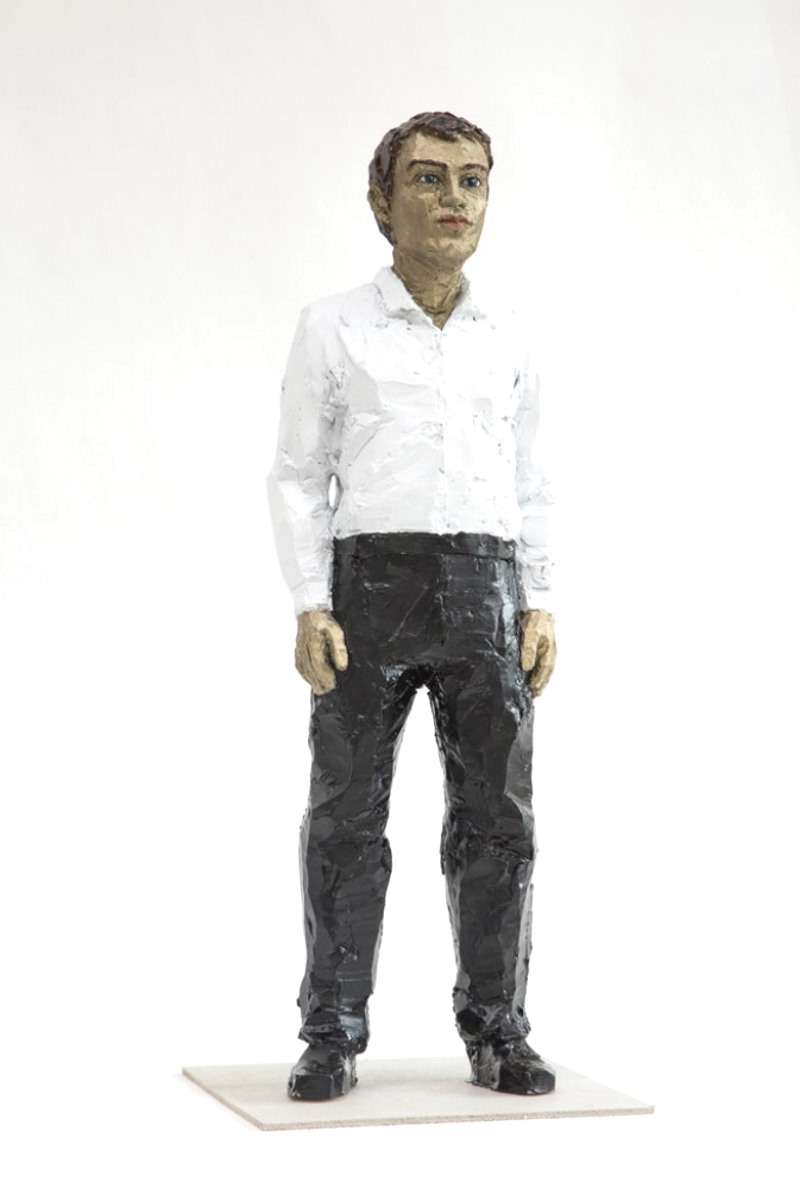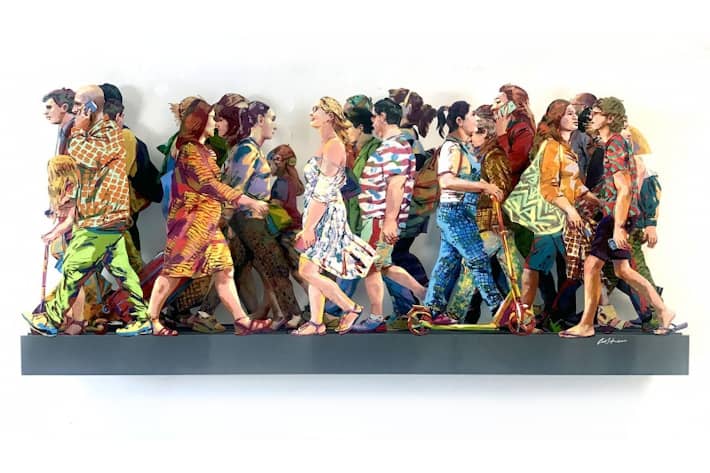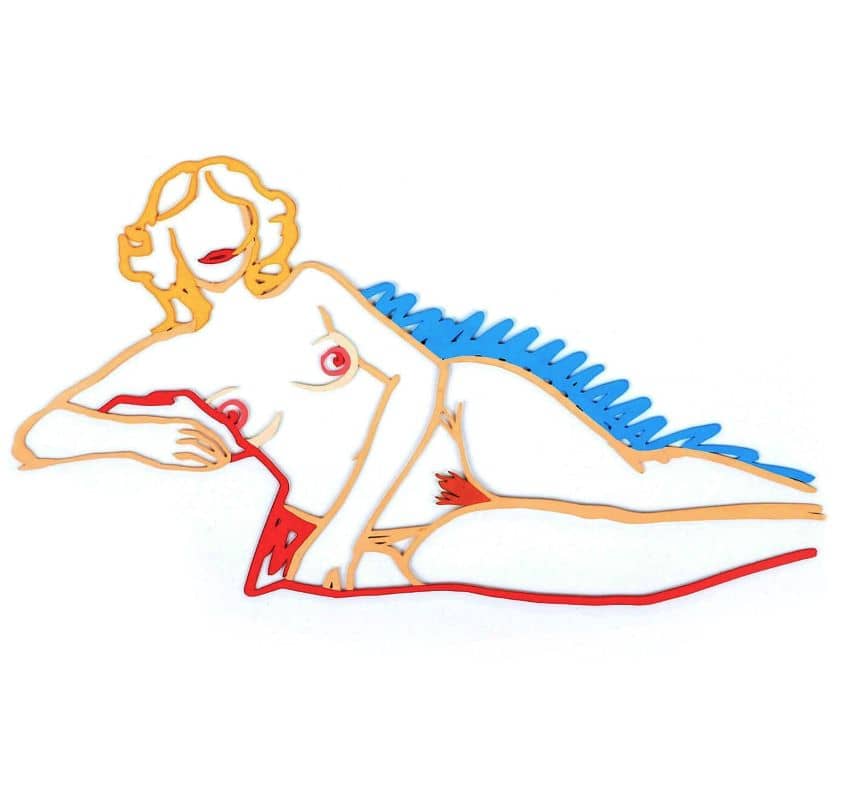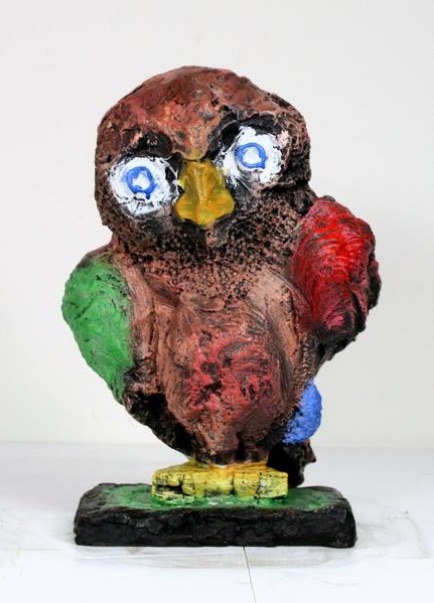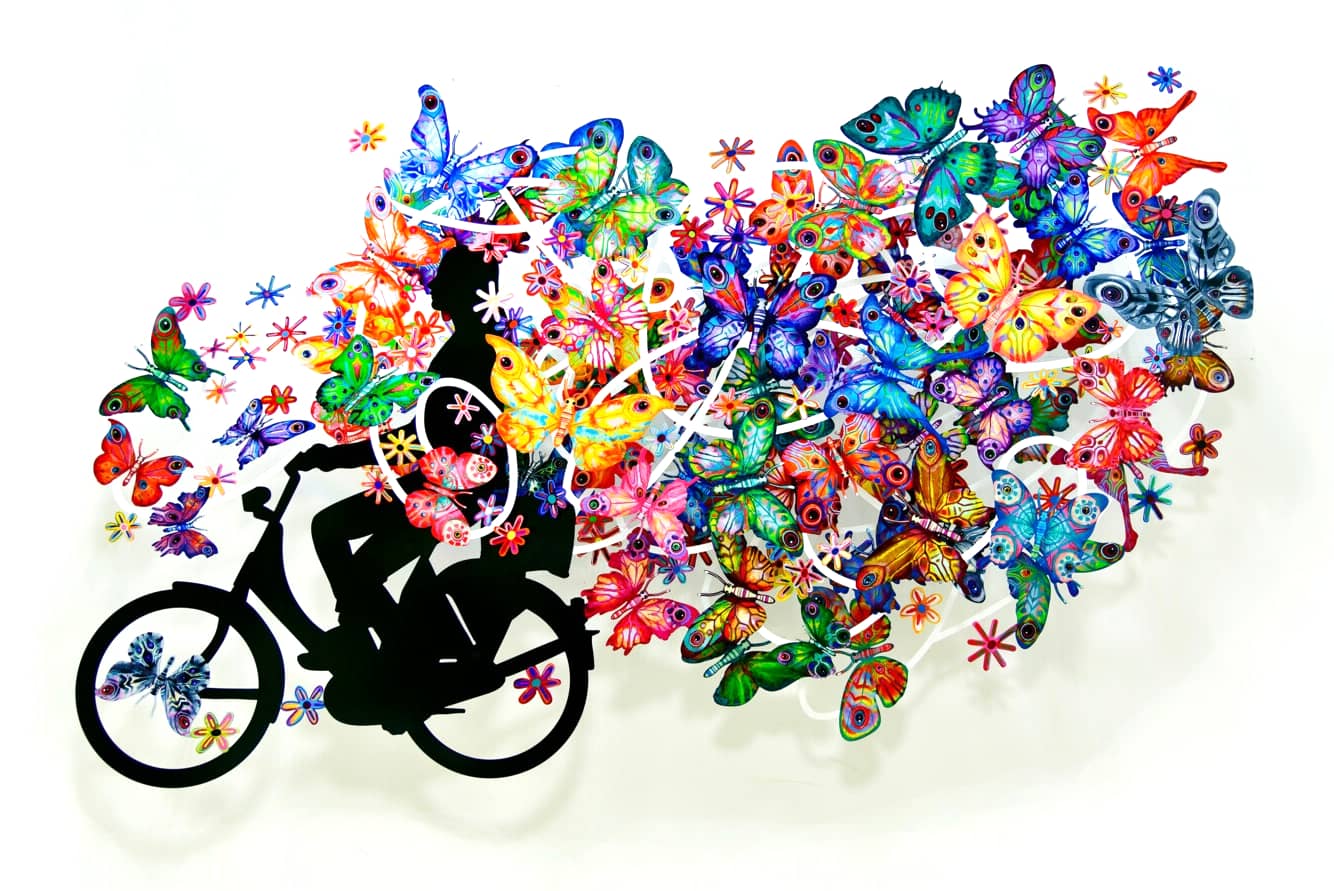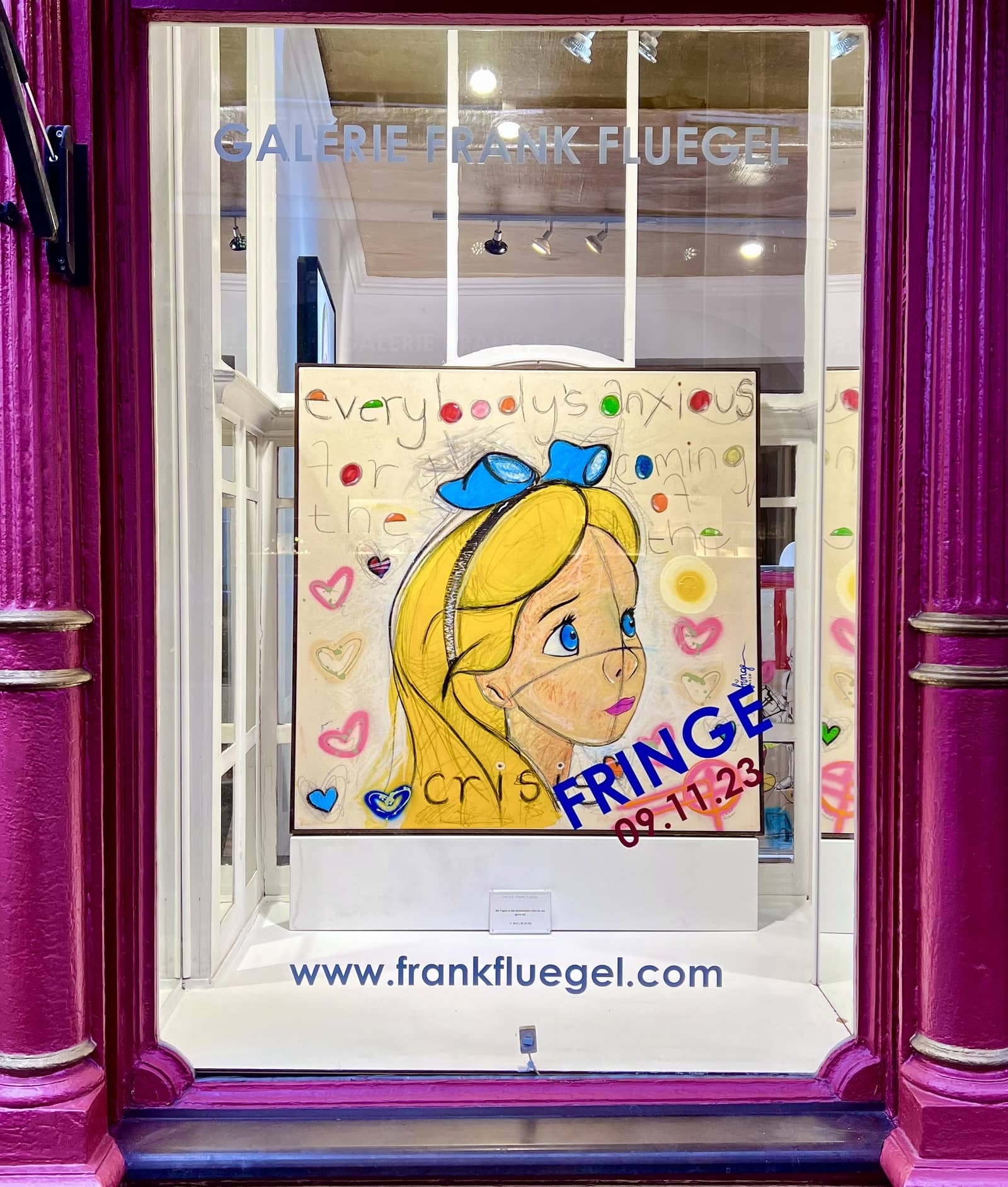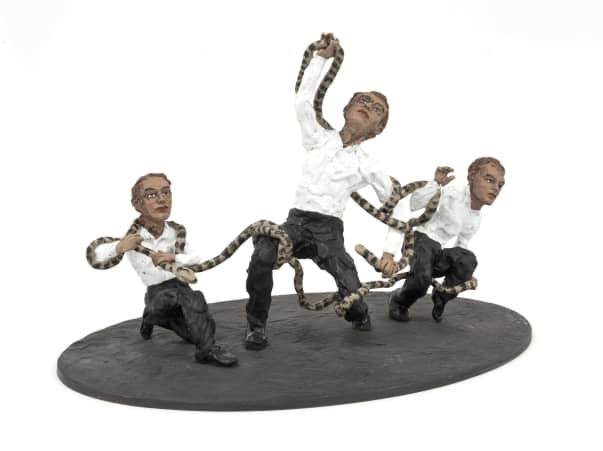
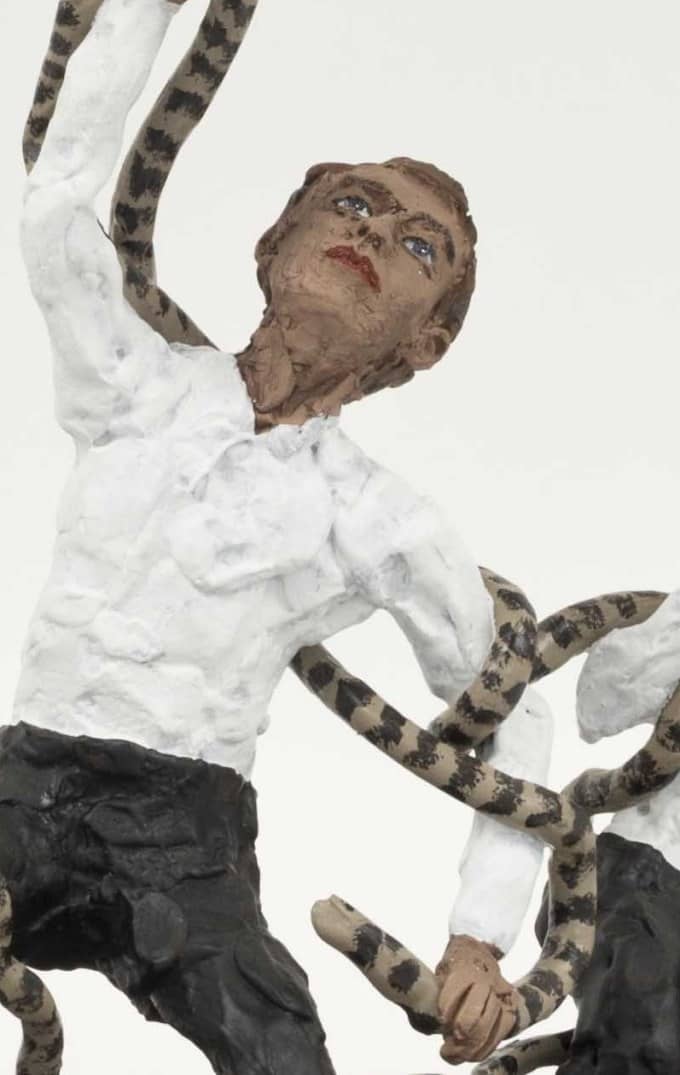
Stephan Balkenhol Laocoon / sculpture / signed, numbered / edition of 24
| Year: | 2020 |
| Format: | 65 x 36 x 36 cm / 25.6 x 14.2 x 14.2 inch |
| Material: | Bronze |
| Method: | sculpture |
| Edition: | |
| Other: | signed, numbered on the base |
Stephan Balkenhol Laocoon

| Year: | 2020 |
| Format: | 65 x 36 x 36 cm / 25.6 x 14.2 x 14.2 inch |
| Material: | Bronze |
| Method: | sculpture |
| Edition: | |
| Other: | signed, numbered on the base |
LAOCOÖN - Laokoon - 라오콘 - Stephan Balkenhol
Man is at the center of Stephan Balkenhol’s work. Mostly he is alone, but now and then he can be accompanied by animals or architectural elements. The figures we encounter in his rough-hewn and painted wood or bronze sculptures are anonymous, reserved, even emotionless. A man holds a mask in front of his face, almost like a mirror of himself. A distorted image, the imagination? The motif man with mask appears more frequently in Stephan Balkenhol’s work. Laocoon is a recurring motif in art for centuries. The sculpture Laocoon Group is the most important representation of the death struggle of Laocoon and his sons in the visual arts. The work was already highly praised by Pliny the Elder, and after its rediscovery in 1506, it gained great importance in the European intellectual world. The 1.84 meter high marble sculpture is dated to the second half of the 1st century BC or the beginning of the 1st century AD and attributed to the sculptors Hagesandros, Polydoros and Athanadoros from Rhodes. The Laocoon sculpture achieved an extraordinary influence on the fine arts and art theory – among others, it inspired the poet Lessing in 1766 to write his treatise Laocoon or On the Limits of Painting and Poetry, in which he elaborated the differences between fine art and literature. Johann Joachim Winckelmann and Goethe also dealt decisively with the Laocoon group in their own works. The rediscovery of the Laocoon group caused a great sensation during the Renaissance. According to mythology, the sculpture depicts the priest Laocoon from Troy with his two sons in a death struggle against two snakes. According to the legend of the Roman poet Virgil in the Aeneid, Laocoon warned his countrymen not to let the wooden horse, in which the Greeks were hiding, into their city. Because his warning thwarted the gods’ plan to bring about the downfall of Troy, Athena, as a goddess sympathetic to the Greeks, sent out two sea monsters in the form of serpents to strangle Laocoon and his sons as punishment. Balkenhol captures unremarkable moments. The people he depicts are completely absorbed in themselves. They seem serene, unselfconscious, detached. Their gaze, although directed at us, often seems empty. This further intensifies their perplexing mysteriousness. When Balkenhol studied with Ulrich Rückriem and Sigmar Polke at the Hamburg University of Fine Arts, his figurative compositions ran counter to the prevailing abstract and conceptual art. His works are not portraits in the concrete sense: they depict no one in particular, nor are they signs or symbols of people. GALERIE FRANK FLUEGEL now also has the bronze Laokoon in the presentation.
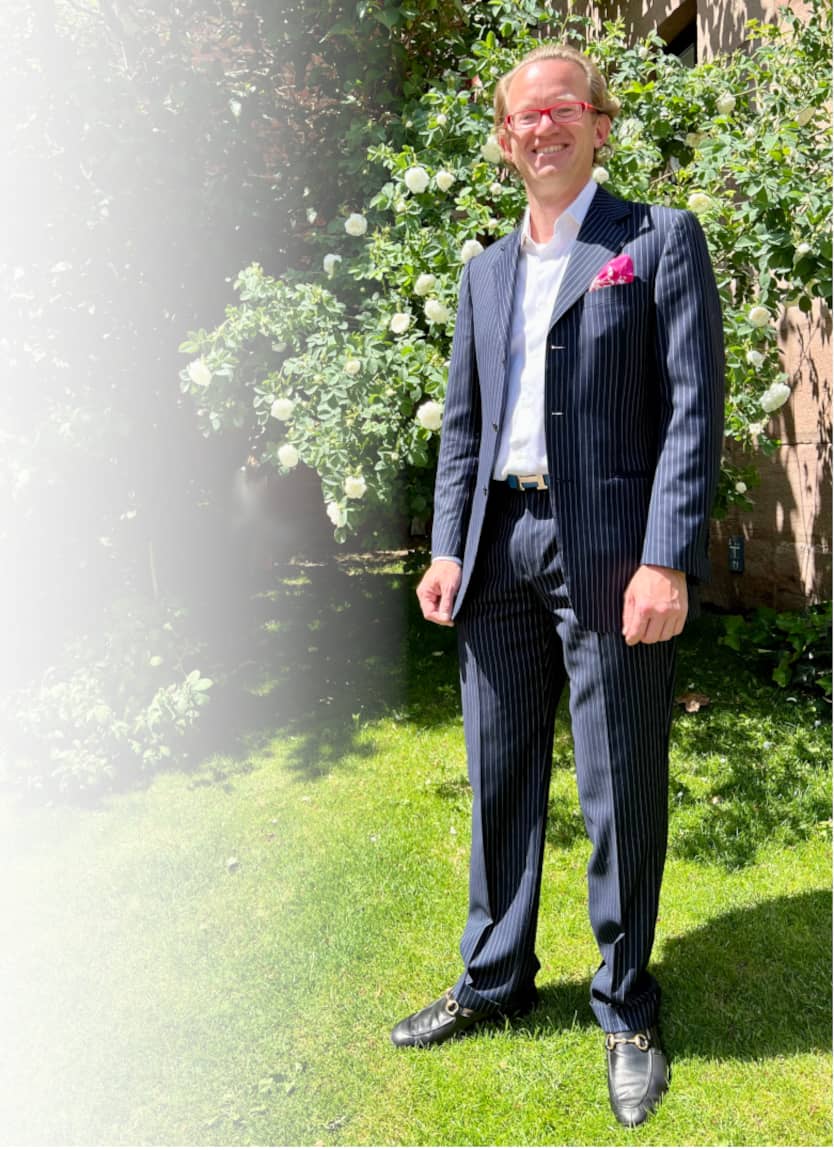


Year: 2020
Format: 65 x 36 x 36 cm / 25.6 x 14.2 x 14.2 inch
Material:Bronze
Method:sculpture
Edition:
Other:signed, numbered on the base


